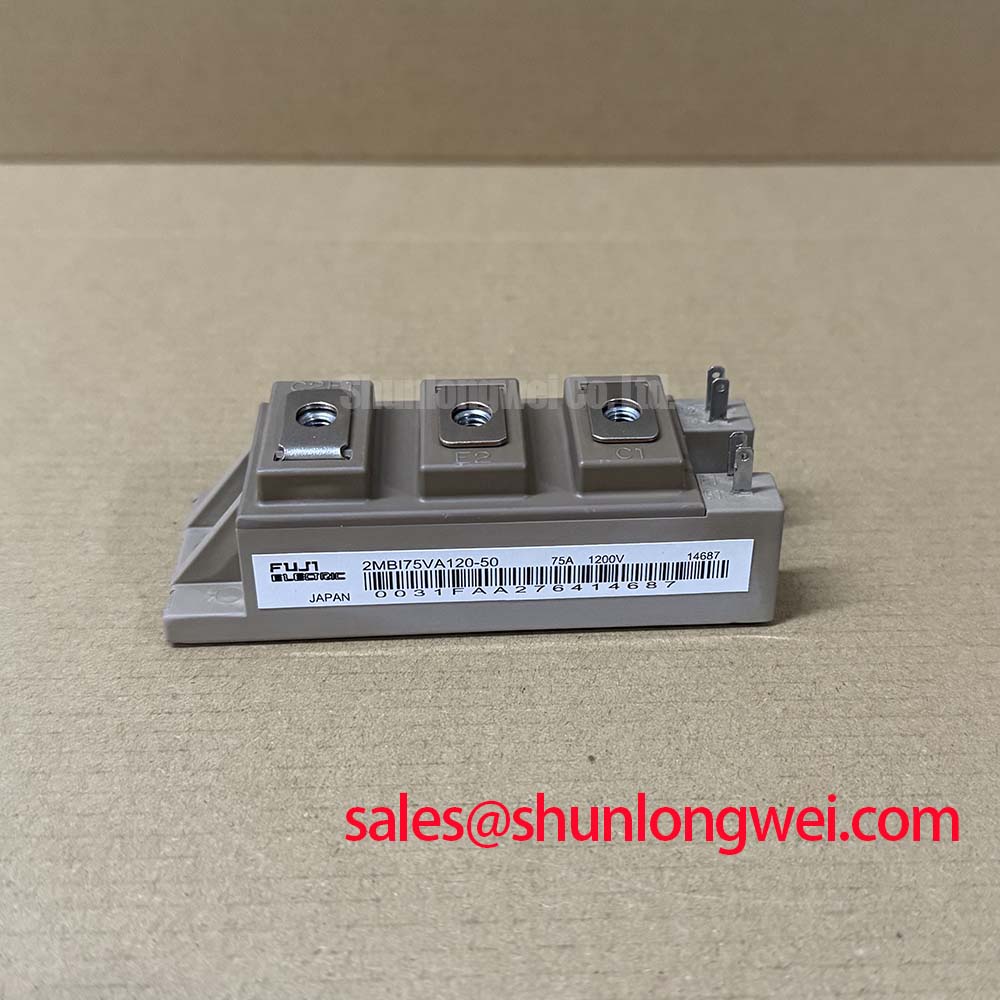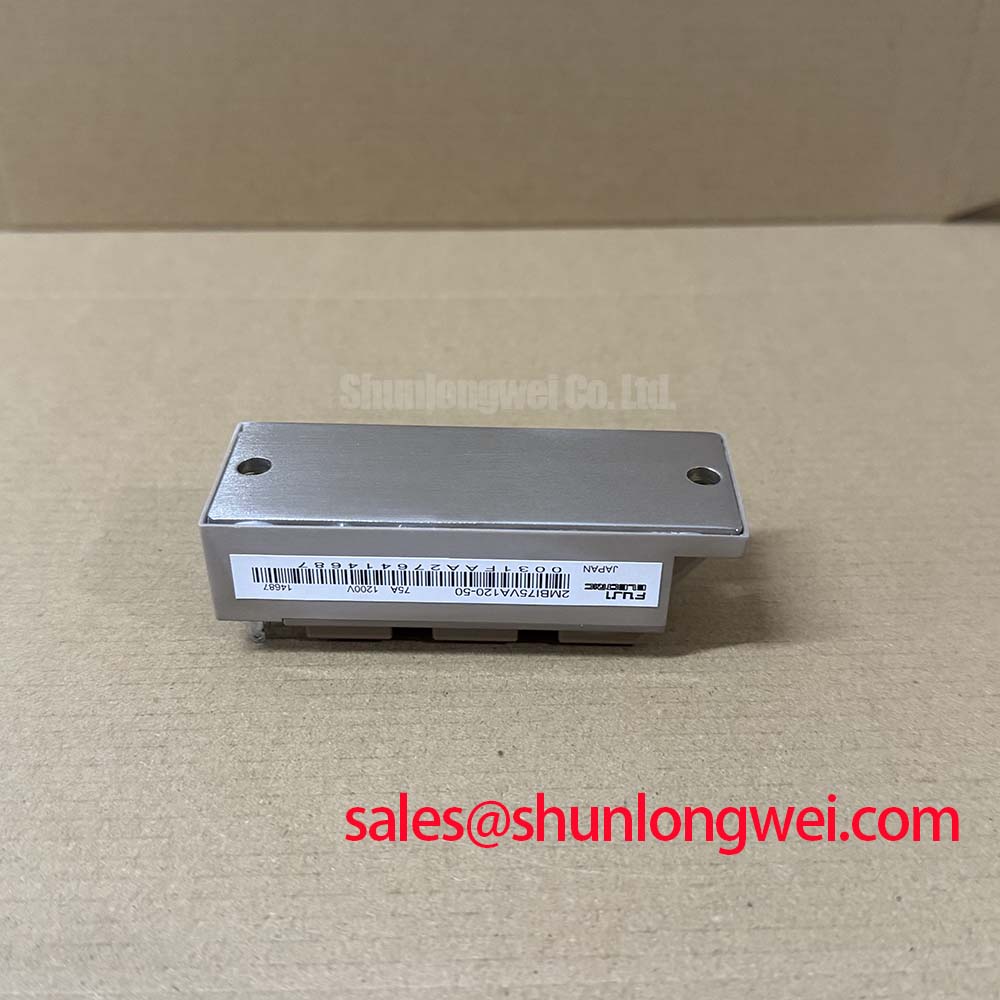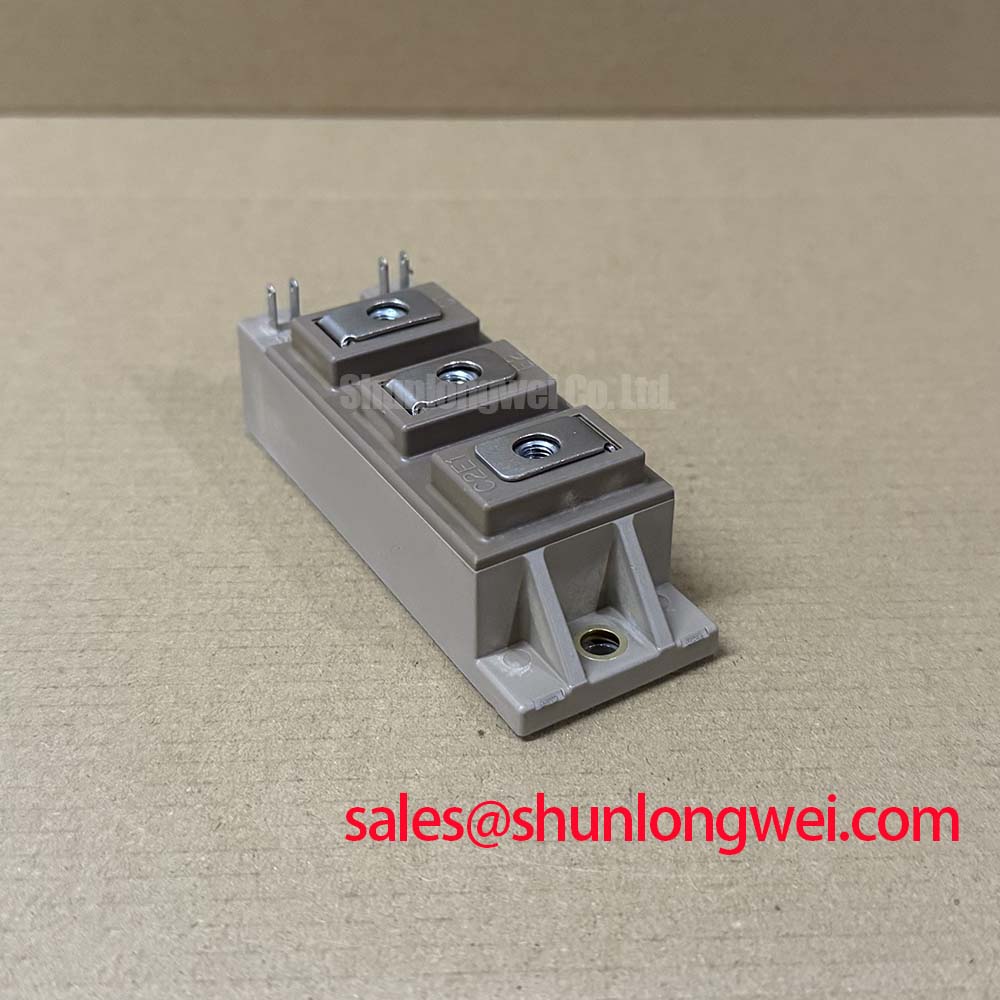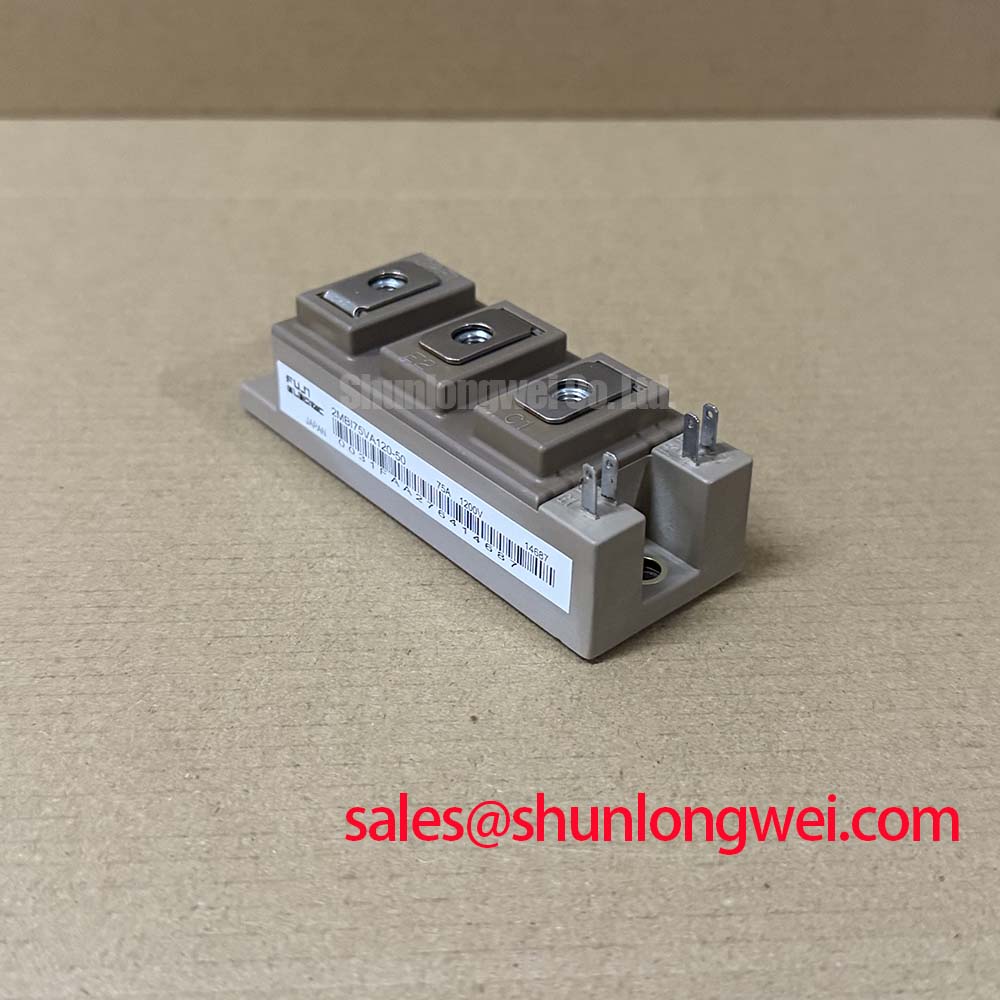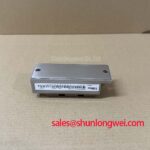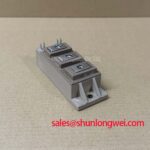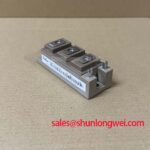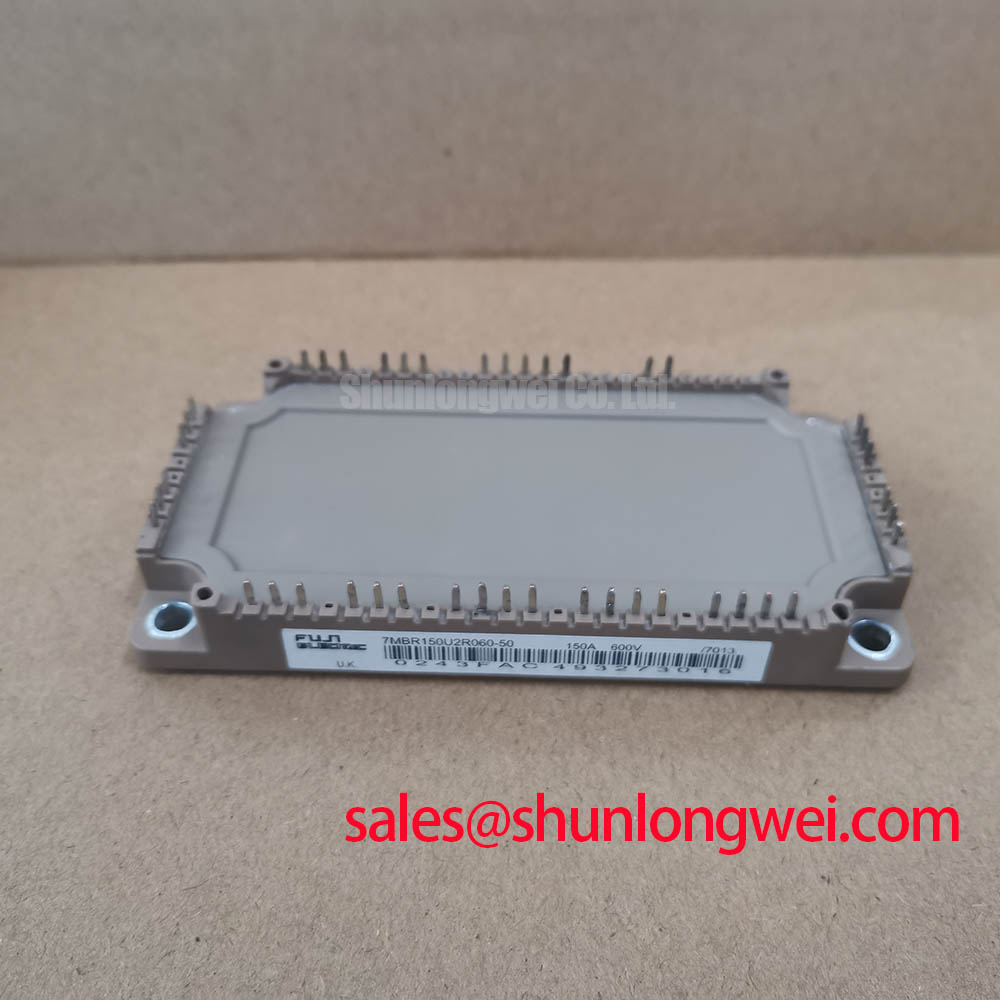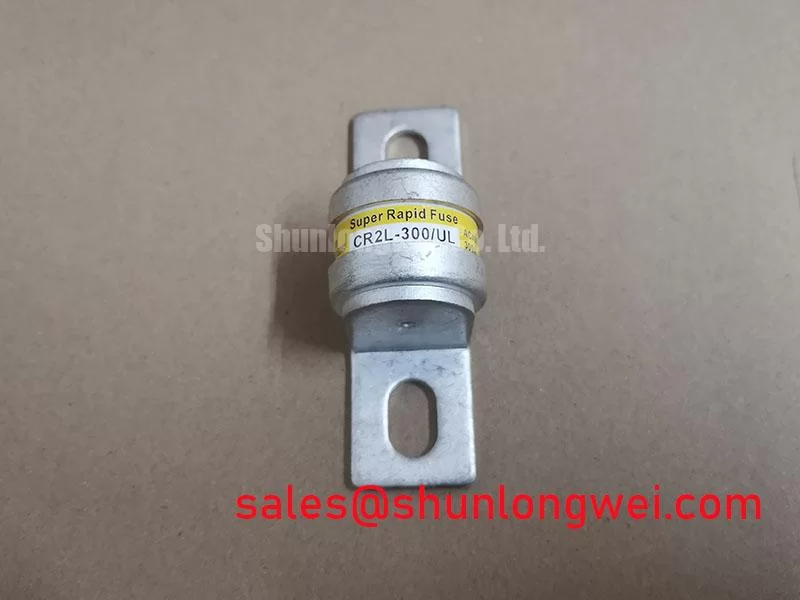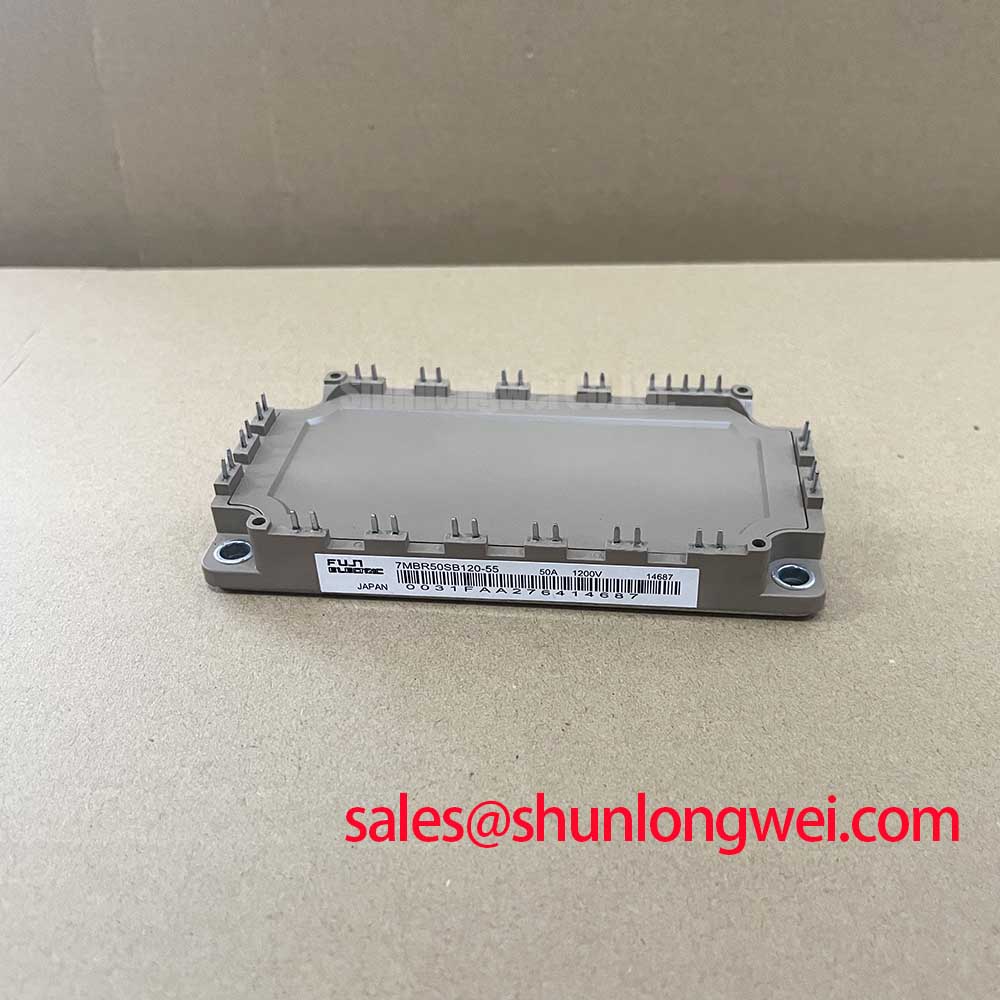2MBI75VA-120-50: Fuji V-Series 1200V Dual IGBT Module
Delivering robust thermal performance for high-reliability industrial drives, the Fuji Electric 2MBI7VA-120-50 integrates V-Series technology to optimize system longevity. Key Specifications: 1200V | 75A | Tj(max) 175°C. Benefits include enhanced temperature stability and simplified thermal design. This module's low thermal impedance is crucial for engineers aiming to improve power cycling capability in demanding applications like servo drives and general-purpose inverters, ensuring consistent performance even under rigorous operating conditions.
Competitive Landscape: Data for Informed Decisions
When evaluating power modules for industrial applications, a direct comparison of key parameters provides the necessary data for an informed engineering decision. The 2MBI75VA-120-50 sets a clear benchmark in its class. For systems that may require a higher current rating, the 6MBI100S-120 presents an alternative within a similar voltage class. Below is a factual comparison to assist in your evaluation process, focusing on the parameters that most directly influence thermal performance and electrical ruggedness.
- Maximum Junction Temperature (Tj max): The 2MBI75VA-120-50 is rated for 175°C, providing a significant thermal headroom that enhances reliability under heavy loads and transient temperature spikes.
- Collector-Emitter Voltage (Vces): At 1200V, this module is well-suited for systems connected to 400V/480V AC lines, offering a robust safety margin against voltage overshoots.
- Thermal Resistance (Rth(j-c)): Its low junction-to-case thermal resistance is a critical factor in efficient heat dissipation, directly impacting the module's lifespan and the overall cooling system requirements. What is the benefit of low thermal resistance? It acts like a wider pipe for heat, allowing it to escape the semiconductor chip more easily, thus keeping the device cooler and more reliable.
For high-frequency motor control applications where minimizing switching losses is the primary objective, engineers might also evaluate components with different silicon technologies. However, for variable frequency drives prioritizing durability and thermal stability, the 2MBI75VA-120-50's thermal characteristics make it an optimal choice over modules with lower temperature ratings.
Frequently Asked Questions (FAQ)
What are the primary advantages of the 175°C maximum junction temperature of the 2MBI75VA-120-50?
A higher maximum junction temperature provides a larger safety margin, allowing the module to operate reliably under higher load conditions or in environments with elevated ambient temperatures. It directly translates to improved system robustness and potentially longer operational life by better withstanding thermal cycling stresses.
How does the thermal resistance (Rth(j-c)) of this module impact heatsink selection?
The module specifies a low thermal resistance from junction to case for both the IGBT (0.32°C/W) and the FWD (0.53°C/W) per device. This efficiency in transferring heat to the case means a less demanding, potentially smaller, and more cost-effective heatsink can be used to maintain the junction temperature within safe operating limits, simplifying the overall mechanical and thermal design.
Is this module suitable for paralleling to achieve higher current output?
While the datasheet does not explicitly detail paralleling procedures, modules with a positive temperature coefficient for VCE(sat), a characteristic of modern IGBTs, are generally suitable for parallel operation. Proper layout, gate drive design, and thermal balancing are critical for ensuring equal current sharing. For a deeper understanding of this topic, consulting resources on IGBT paralleling is recommended.
Key Parameter Overview for the 2MBI75VA-120-50
The performance of the 2MBI75VA-120-50 is defined by its electrical and thermal characteristics, which are engineered to deliver stability in industrial power conversion systems. The following table groups these key parameters for clear evaluation. For complete specifications, please download the official datasheet.
| Electrical Characteristics (Per device at Tc=25°C unless otherwise specified) | ||
|---|---|---|
| Parameter | Symbol | Value |
| Collector-Emitter Voltage | Vces | 1200V |
| Gate-Emitter Voltage | Vges | ±20V |
| Continuous Collector Current (Tc=80°C) | Ic | 75A |
| Collector-Emitter Saturation Voltage (Ic=75A, Tj=125°C) | VCE(sat) | 2.15V (typ.) |
| Gate-Emitter Threshold Voltage (VCE=20V, IC=72mA) | VGE(th) | 6.0V (min) / 7.0V (max) |
| Thermal and Mechanical Characteristics | ||
| Parameter | Symbol | Value |
| Max Junction Temperature | Tj | 175°C |
| Thermal Resistance (Junction-to-Case, IGBT) | Rth(j-c) | 0.32°C/W |
| Thermal Resistance (Junction-to-Case, FWD) | Rth(j-c) | 0.53°C/W |
| Isolation Voltage (AC, 1 min.) | Viso | 2500V |
Technical Deep-Dive: The V-Series Advantage
The Fuji Electric 2MBI75VA-120-50 is built upon the company's V-Series IGBT technology, which is specifically engineered to enhance endurance and thermal stability. A key aspect of this design is the optimization of the chip and package to manage heat effectively. The module's low thermal impedance is not just a number; it represents the efficiency of the heat transfer path from the silicon chip to the heatsink. Think of it like a highway for heat: a lower impedance is a wider, clearer highway, allowing thermal energy to dissipate quickly and preventing traffic jams (heat buildup) at the junction, which is the most critical point of the device. This efficiency is paramount for achieving the high maximum junction temperature of 175°C, ensuring the module can sustain performance during peak operational loads without compromising its long-term reliability.
Operational Contexts & Value Proposition
The robust thermal design of the 2MBI75VA-120-50 makes it a strong candidate for power conversion systems where operational uptime and resilience are critical. Its ability to handle high temperatures translates directly into system-level benefits.
- AC and DC Servo Drives: In precision motion control, rapid acceleration and deceleration cycles create significant thermal stress. The module's high Tj max provides the necessary resilience to handle these dynamic loads, ensuring positional accuracy and drive longevity.
- General Purpose Inverters: For applications like pumps, fans, and conveyors, this module's thermal stability allows for more compact system designs or operation in hotter industrial environments without derating performance, contributing to a lower total cost of ownership.
- Uninterruptible Power Supplies (UPS): The reliability of a UPS is paramount. The 2MBI75VA-120-50's thermal headroom ensures it can handle the transition to battery power and sustain full load capacity without risk of thermal failure, safeguarding critical infrastructure. For engineers looking for integrated solutions, an Intelligent Power Module (IPM) might also be a consideration for simplifying gate drive and protection circuitry.
Strategic Advantage in Industrial Automation
In the context of Industry 4.0 and increasing automation, the demand for power electronics that offer both high performance and exceptional reliability is accelerating. Component failures in automated production lines or robotic systems lead to costly downtime. The Fuji Electric 2MBI75VA-120-50 addresses this by focusing on thermal ruggedness. By providing a wider operational temperature margin, it allows system designers to build in greater resilience against unforeseen environmental conditions or cooling system degradations over time. This design philosophy aligns with the long-term strategic goal of creating "set and forget" industrial equipment that maximizes productivity and minimizes maintenance interventions, a core tenet of modern manufacturing. This focus on thermal management is a key differentiator in achieving the required operational excellence. Further exploration into the role of IGBTs in high-efficiency systems can provide additional context.
Take the Next Step in Your Design
To fully assess the capabilities of the 2MBI75VA-120-50 for your specific application, we encourage a detailed review of the official datasheet. Understanding its full thermal and electrical characteristics will empower you to design a more robust and reliable power conversion system. For further inquiries or to discuss your project requirements, please contact our technical support team.

